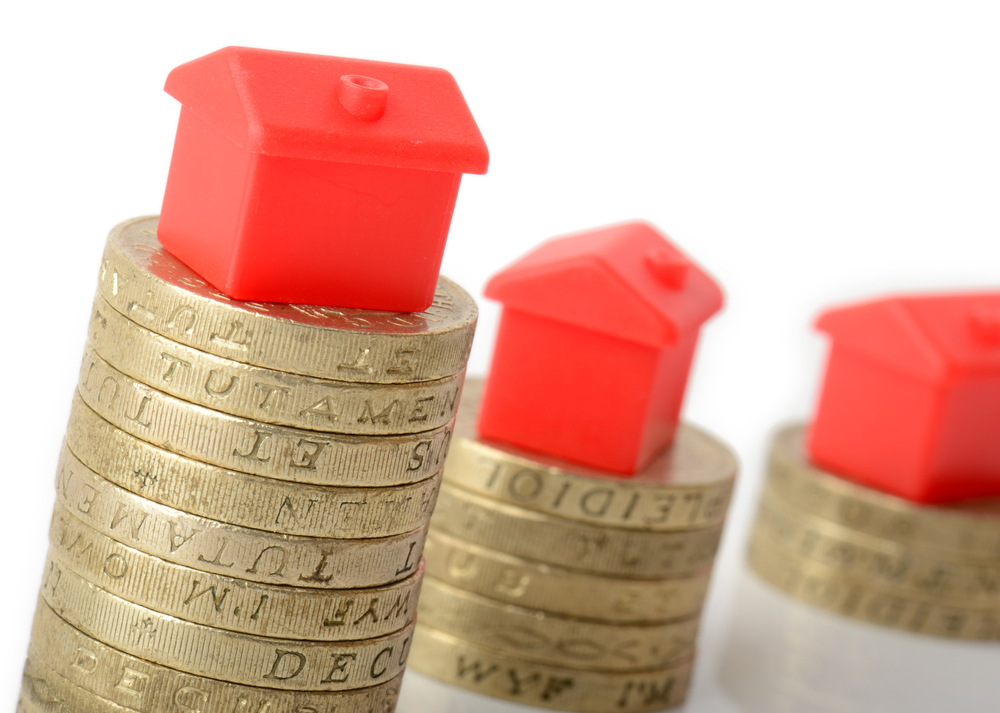 House price growth fell for the first time in nearly two years in March, signalling a slowdown in the property market.
House price growth fell for the first time in nearly two years in March, signalling a slowdown in the property market.
According to the latest Nationwide house price index, monthly prices fell 0.3% in March – the first dip since June 2015.
On an annual basis price inflation moderated to a 19-month low of 3.5%, taking the average price of a property to £207,308.
Howard Archer, chief economist at IHS Global Insight, said: “March’s softer Nationwide house price data following on from the Bank of England reporting a dip in mortgage approvals in February fuels our belief that the housing market is being increasingly affected by the increasing squeeze on consumers and their concerns over the outlook.
“Markedly weakening consumer fundamentals, likely mounting caution over making major spending decisions, and elevated house price to earnings ratios are likely to weigh down on housing market activity and house prices. However, a shortage of supply is likely to put a floor under prices.”
Economists believe housing market activity and prices will increasingly come under pressure from deteriorating consumer fundamentals.
Since the referendum last June, inflation has risen as a result of the weakened pound making imports more expensive and pushing up prices.
Economic uncertainty is likely to weigh on consumer confidence and willingness to engage in major transactions such as buying a house.
Inflation is likely to rise further, with purchasing power weakening markedly and the labour market likely softening.
However, a house price crash is not widely expected due to the shortage in supply shoring up prices.
There was a mixed picture across the UK. Six regions saw the pace of house price growth accelerate, while six saw a deceleration.
Nationwide said that the spread in the annual rate of change between the weakest and strongest performing regions was at its narrowest since 1978 at 6.8 percentage points – the second smallest gap on record.
Robert Gardner, Nationwide’s chief economist, said: “The South of England continued to see slightly stronger price growth than the North of England, but there was a further narrowing in the differential.
“Northern Ireland saw a slight pickup in annual house price growth, while conditions remained relatively subdued in Scotland and Wales.”
Separate government figures show that home ownership fell to 62.9% in 2016 – the lowest recorded since 1985.
According to the latest English Housing Survey, between 2006 to 2016 the number of young adults aged 25-34 renting leapt from 24% to 46%
Meanwhile, home ownership rates amongst those aged 35-44 fell from 74% to just 56% over the same time.
“The counterpart to this trend has been robust growth in the private rental sector, with 20% of households in England now privately rented, a record high, up from 12% ten years ago. The number of privately rented households has increased by more than 75% over the past decade and now stands at 4.5 million,” said Gardner.




